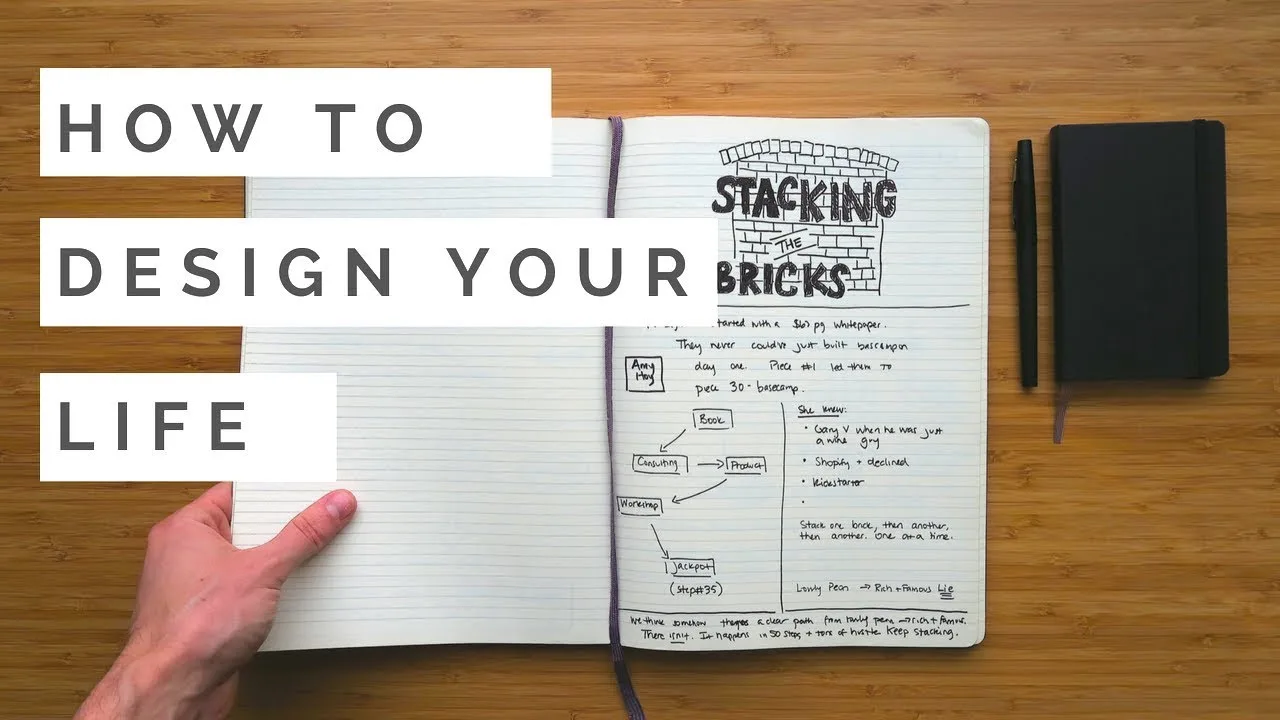Do you ever feel like there aren’t enough hours in the day to get everything done? The key to achieving more isn’t working harder—it’s working smarter. By structuring your day effectively, you can maximize productivity, reduce stress, and accomplish your goals with ease. In this article, we’ll explore practical strategies to help you organize your day, prioritize tasks, and make the most of your time. Whether you’re a student, professional, or busy parent, these tips will set you up for success.
Why Structuring Your Day Matters
A well-structured day is the foundation of productivity and success. Here’s why it’s so important:
- Improved Focus: A clear plan helps you stay on track and avoid distractions.
- Reduced Stress: Knowing what to expect reduces anxiety and last-minute rushes.
- Better Time Management: Prioritizing tasks ensures you make the most of your time.
- Work-Life Balance: Structuring your day allows you to allocate time for both work and personal life.
5 Strategies to Structure Your Day for Maximum Productivity
Ready to take control of your schedule? Here are 5 proven strategies to help you structure your day and maximize productivity:
1. Start with a Morning Routine
- What It Is: A set of habits that prepare you for the day ahead.
- How to Use It: Include activities like exercise, meditation, journaling, or planning your day.
- Why It Works: A consistent morning routine sets a positive tone and boosts energy levels.
2. Use Time Blocking
- What It Is: Allocating specific blocks of time for different tasks or activities.
- How to Use It: Divide your day into chunks for focused work, meetings, breaks, and personal time.
- Why It Works: Prevents multitasking and ensures you dedicate uninterrupted time to high-priority tasks.
3. Prioritize with the 80/20 Rule
- What It Is: The Pareto Principle, which states that 80% of results come from 20% of efforts.
- How to Use It: Identify the tasks that have the biggest impact and focus on them first.
- Why It Works: Ensures you’re spending time on what truly matters, maximizing your productivity.
4. Take Strategic Breaks
- What It Is: Short breaks to recharge and refocus throughout the day.
- How to Use It: Follow techniques like the Pomodoro Technique (25 minutes of work, 5-minute breaks).
- Why It Works: Prevents burnout and maintains high levels of focus and energy.
5. End with a Reflection Routine
- What It Is: A set of habits to review your day and prepare for tomorrow.
- How to Use It: Reflect on what went well, what didn’t, and what you can improve. Plan your tasks for the next day.
- Why It Works: Helps you learn from your experiences and start each day with a clear plan.

Real-Life Examples of Structured Days
- Students: Use time blocking to allocate study sessions, classes, and breaks, ensuring a balanced schedule.
- Professionals: Prioritize high-impact tasks in the morning and schedule meetings in the afternoon.
- Parents: Create a morning routine to prepare for the day and use strategic breaks to recharge during busy periods.
The Science Behind Structuring Your Day
These strategies are supported by research in productivity science and cognitive psychology:
- Circadian Rhythms: Aligning tasks with your natural energy levels (e.g., tackling complex tasks in the morning) improves performance.
- Chunking: Breaking tasks into smaller, manageable chunks reduces overwhelm and improves focus.
- Habit Formation: Consistent routines, like morning and reflection habits, build positive habits over time.
Final Thoughts: Start Structuring Your Day Today
Structuring your day is the key to maximizing productivity, reducing stress, and achieving your goals. By implementing these strategies, you can take control of your schedule and make the most of every hour.
At Onescholar.org, we provide actionable career growth and skill development tips to help you succeed in today’s competitive world.
VIDEO CREDIT:






